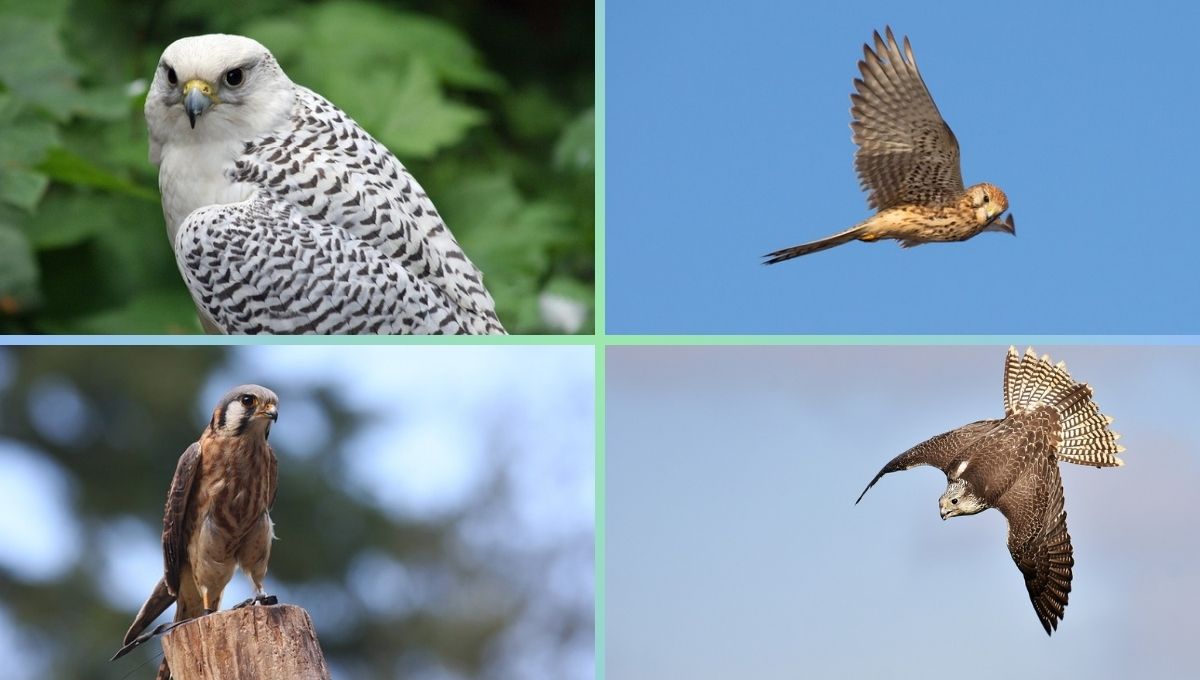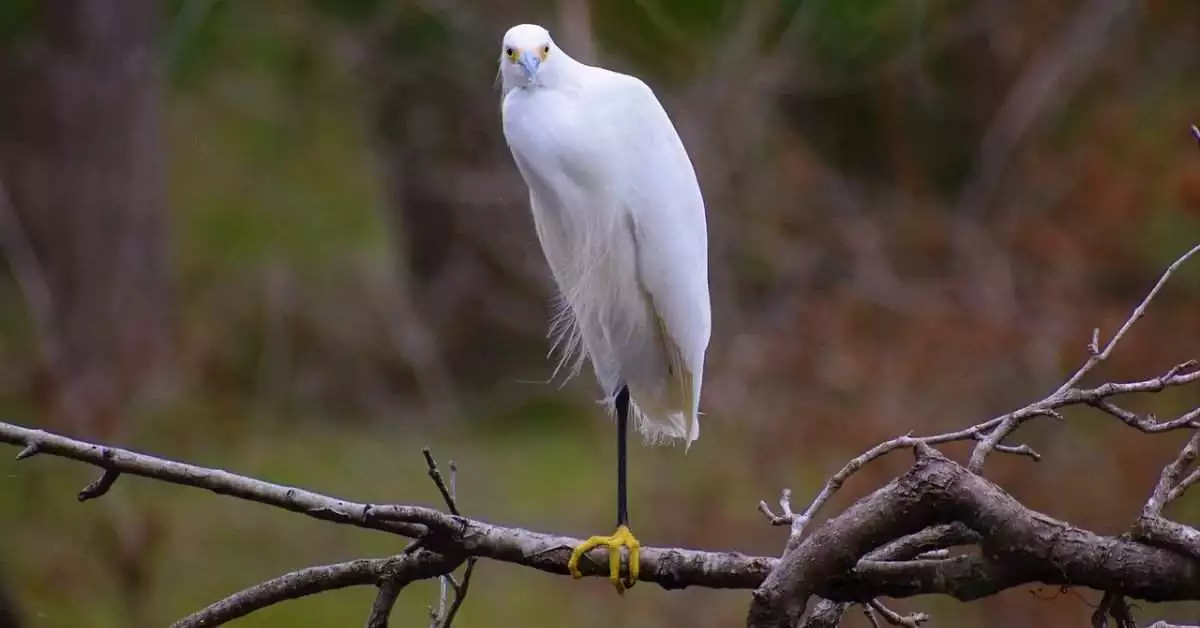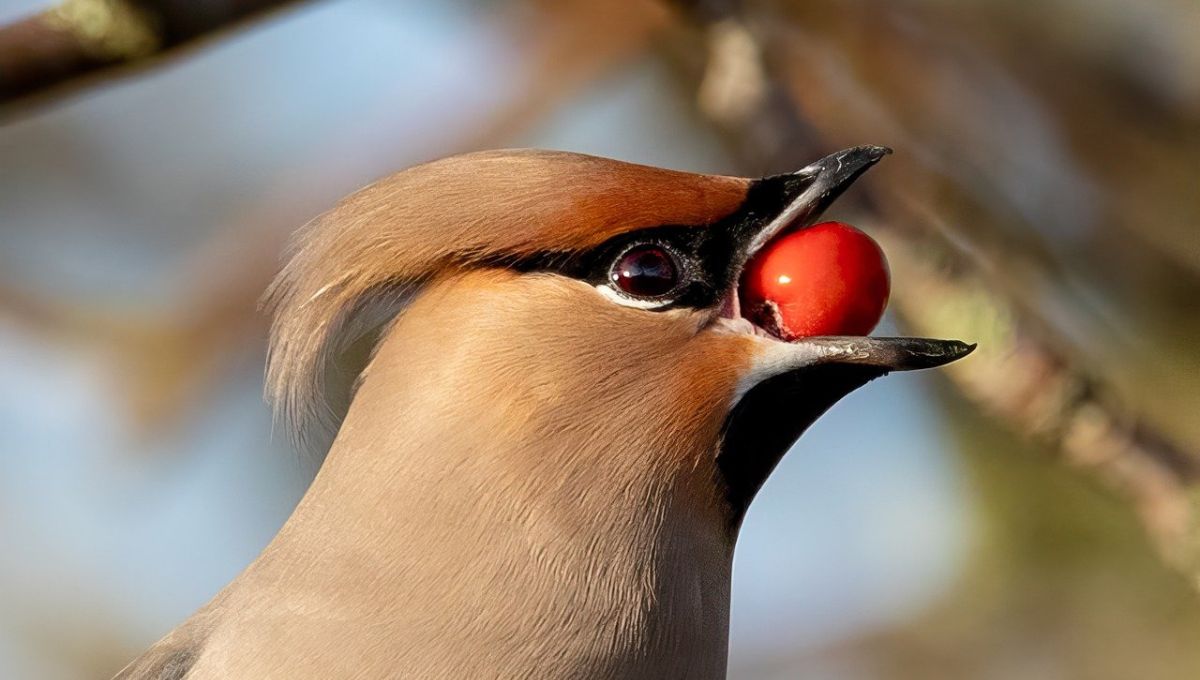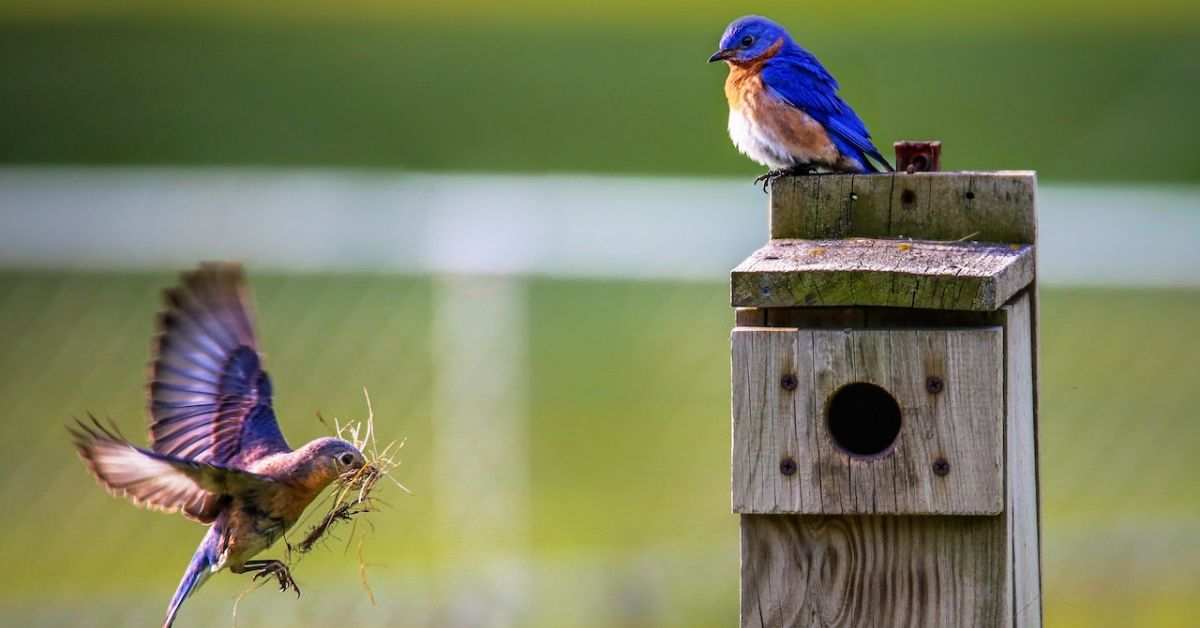Where do komodo dragons live? and What do Komodo dragons eat? Komodo Dragon as a Pet? is the most searchable question on earth. So, today we will discuss those questions.
At up to 10 feet in length and over 300 pounds, the Komodo dragon is the heaviest lizard on Earth. The Komodo dragon is the largest lizard, weighing 165 kg and over three meters in length.
Adults are dull and uniform in color, ranging from brown to grayish red. Their solid bodies are similarly covered in rough scales.
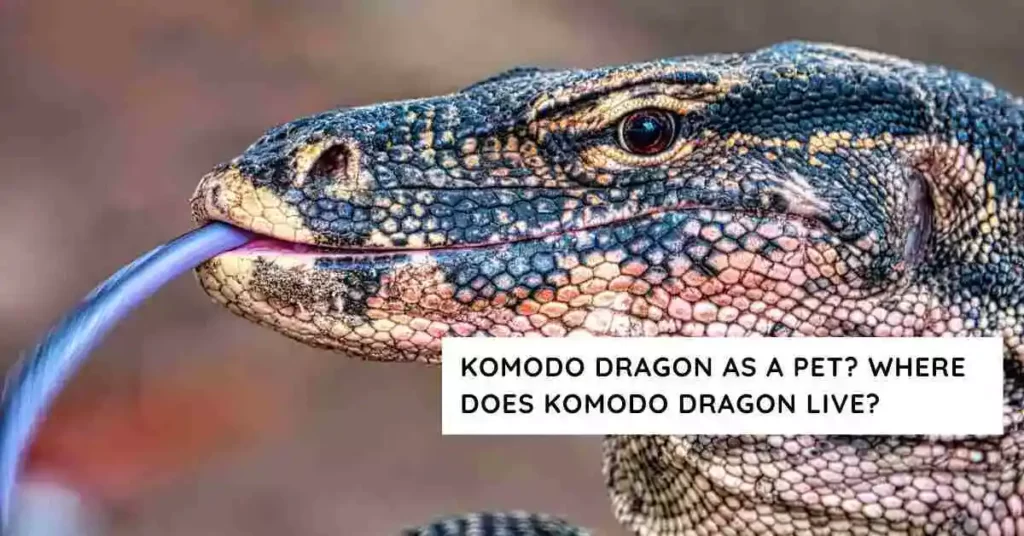
Komodo Dragon as a Pet?
Komodo Dragon is an Endangered species. So, it is illegal to keep a komodo dragon as a pet. There are so many reasons that tell us that a komodo dragon is not a good pet.
First, the Komodo dragon is very expensive, almost $1,500 US dollars. Other reasons are they need a big place to live or need the best care so that no one can’t do that.
Where does a komodo dragon live?
Komodo dragons have thrived in the harsh climate of Indonesia’s Lesser Sunda Islands for billions of years. They prefer the island’s tropical forests but they are found throughout the island.
Although these athletic reptiles can walk up to seven miles a day, they prefer to stay close to home—rarely venturing far from the valley where they laid their eggs.
Read More: Why animals are not affected by their own poison?
What does komodo dragon eat?
As the dominant predator on the handful of islands they inhabit, Komodo dragons will eat almost anything, including carrion, deer, pigs, small dragons, and even large water buffalo.
When hunting, Komodo dragons rely on camouflage and patience, lying in wait for prey. When approaching a prey, the dragon uses its sharp claws and jagged, shark-like teeth to drive its prey away.
Are komodo dragon dangerous?
Komodo dragons have venom glands that are loaded with toxins that lower blood pressure, cause massive bleeding, prevent clotting, and induce shock.
Dragons bite with serrated teeth and pull back with powerful neck muscles, causing huge gaping wounds. The venom then accelerates blood loss and shocks the prey.
Animals that escape the Commodore’s jaws will only feel lucky for a short time. Dragons can calmly follow an escapee for miles as the poison takes effect, using their keen sense of smell to home in on corpses.
A dragon can eat up to 80 percent of its body weight in one meal.
Read More: Largest nose animals?
- Discover 4 Species of Falcons in Alaska (2024)
- The Best Places to See Dolphins in Florida (2024)
- Small Birds with Long Necks: A Complete Guide (Bittern, Hummingbirds & More!)**
- Discover 4 Types of Egrets in Florida (2024)
- What do birds use their beaks for class 4 (2024)
Komodo dragon in bengali?
কোমোডো ড্রাগন
Komodo Dragon Scientific Classification
Kingdom: Animalia
Phylum: Chordata
Class: Reptiles
Order: Squamata
Family: Varanidae
Genus: Varanus
Scientific name: Varanus komodoensis
Physical description
The Komodo dragon is the largest lizard, weighing 165 kg and over three meters in length. Adults are dull and uniform in color, ranging from brown to grayish red.
Their solid bodies are similarly covered in rough scales. They have a strong muscular tail. Komodo dragons have round snouts and open ears on their heads. They have flexible skulls and sharp, jagged teeth.
Although males tend to be larger, there are no obvious morphological differences between the sexes.
Read More: Flying Mammals?
Development
Varanus komodoensis hatches from the egg. Young Komodo dragons live in trees to avoid predation by older members of the species.
They are much smaller and more sinuous than adults, allowing them to live in trees. At 8 months, they are too big to be arboreal, change their diet and become terrestrial.
Komodo dragon taxonomy and evolution
The Komodo dragon is a large species of lizard found on several islands in the Indonesian archipelago. Not known to the world until World War I, the Komodo dragon is actually a species of monitor lizard that has evolved over millions of years in island isolation, causing it to become very large indeed.
The Komodo dragon is not only the largest lizard in the world, it is also the most aggressive and so powerful that it is capable of hunting prey many times its own size.
However, Komodo dragons are also in serious danger in their natural habitat due to hunting and habitat loss, as well as a shortage of prey.
The few islands found in Komodo National Park have led to population declines, meaning they are now listed on the IUCN Red List and therefore have some legal protection.
Read More: Why Gorilla beat their chests?
Komodo dragon reproduction and life cycle
In addition to feeding on a large carcass, Komodo dragons can be seen with each other during the breeding season when, in September, nearby males fight each other, standing on their hind legs and holding their tails, trying to win. Right to breed with local women.
After mating, the female Komodo dragon lays 25 leathery eggs in a hole dug in the soft sand.
The young hatch after an incubation period that lasts between 8 and 9 months and are boldly marked with cream brands (which they lose as they mature), and are completely independent from when they leave their shells.
However, until they grow up, young Komodo dragons will climb trees where they will spend most of their time until they are big enough to fend for themselves on the ground.
Komodo Dragon Breeding:
Once a year, when they are ready to mate, female Komodo dragons emit a scent from their feces to follow males.
When a male dragon detects a female, he scratches her back and licks her body. If she licks him back, they mate. Males also sometimes wrestle each other for mating rights.
Females lay about 30 eggs and they hatch eight months later. When there are no males around, female Komodo dragons have other means of reproduction:
because they have both male and female sex chromosomes, female dragons can reproduce asexually in a process called parthenogenesis.
SOURCES: Wikipedia, National Zoo

